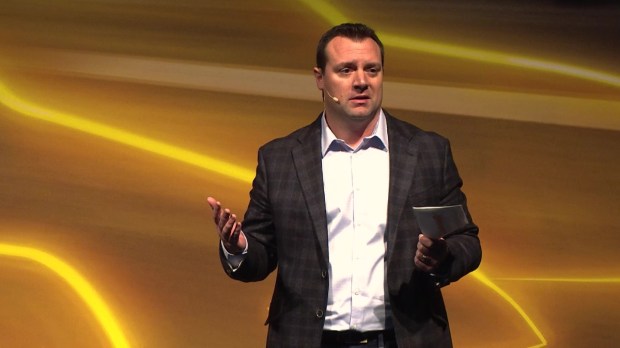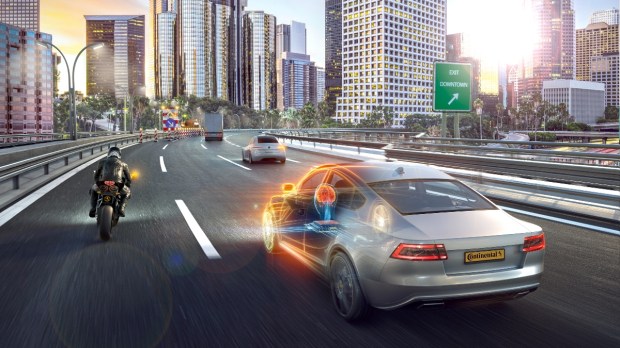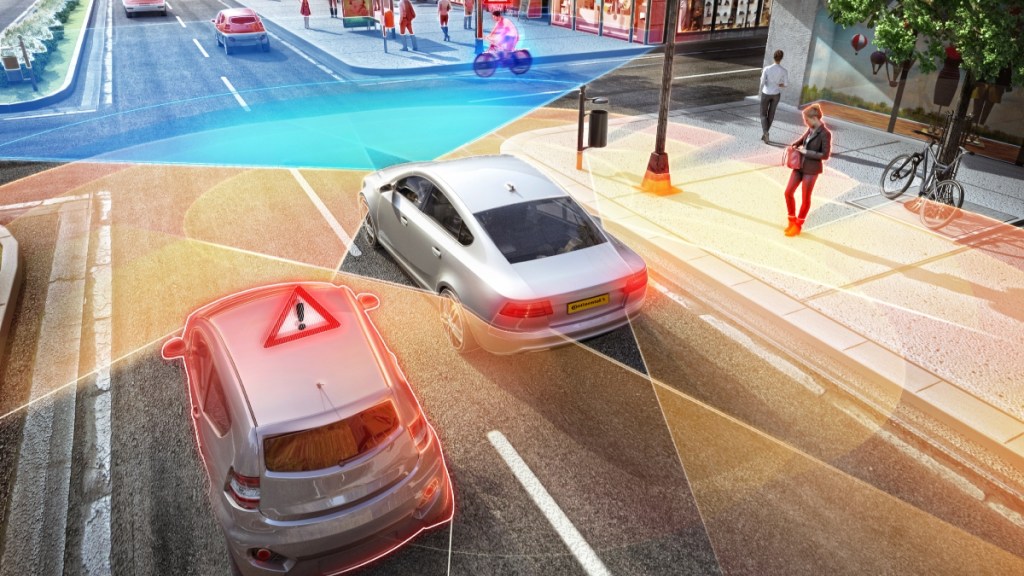The jury is still out on the future of fully autonomous vehicles globally, and for India, which is seeing new mass-market models coming with some level of ADAS (Advanced Driver Assistance System) technology, the future surely looks interesting. While fully automated cars are still some decades away, the introduction of automated driving functions like – lane assist, cruise control, park assist, and Automatic Emergency Braking (AEB) among others is seeing new traction in the mass-market passenger cars in India.
“I am surprised to see how fast new safety technologies are being adopted. A few years ago there was hardly any Level 2 camera plus radar systems in the Indian automotive market. The small portion was limited to some imported cars. Now you see, 5-10% of new vehicles have the same features, which I would say is quite fast. And by the end of the decade, it is expected to increase to 25-30 percent,” says Jeremy McClain, System & Software Business Leader, Autonomous Mobility – Continental, in an exclusive interaction with Financial Express.
He is aware that for a country like India, a simple copy-paste solution especially in ADAS technology cannot work. Sharing an example of his recent visit to the country he shares that while the challenge is not bringing the hardware, it has got more to do with the software capabilities.

“For example, Lane centering, even if there is a lane marker the function doesn’t really make a whole lot of sense in many roads around you. Maybe on highways, even on a nice road, we drove the other day, nobody was really driving in the lane. We have to then adapt the functionalities to make it useful and work. But if you as a consumer can’t use it, because it’s a nuisance, and you’re constantly turning it off or overriding it, then you’re less likely to want to check that box and the next car that you buy. That’s what that’s the big step that we need to look at together,” shares McClain.
Hardware-software fusion
The mid-level Indian passenger vehicle segment has now started seeing the introduction of Level 2 and Level 2+ ADAS functions, which just not only provide comfort but also improve the safety aspect of the vehicle and other road users.
In fact, a lot many vehicles under Rs 20 lakh, have started coming with Level 2 ADAS. So what kind of function does it offer? Lane keeps assist, lane departure warning, forward collision warning, rear cross-traffic alert, autonomous emergency braking, adaptive cruise control, blind spot detection, speed assist system, traffic sign recognition, 360-degree cameras, and headlamp control among others.

“I believe that the Level 2 systems we sell globally, that kind of camera radar fusion system provide a big opportunity here (in India) for volume and scale. But certainly, it will need a different calibration, and a different function set to make it really usable here in the market. The next big step we all need to do together with our customers is really start to adapt the functionality purposefully here. We need to create further configurability to start looking at the scenarios differently building in different assumptions to the algorithms that are running there,” he says.
McClain says that there is plenty of decent hardware solutions that already fit the price points and now it’s a matter of just “really optimising software to fit the market”. He put his confidence in the large team of individuals working at Continental in Bengaluru, on global systems for a number of years, who he says are perfectly capable of understanding the Indian market and secondly making all those adaptations to fit the needs.
When queried if LiDAR sensors make sense for India? He says maybe in the long run, but at present, a fusion of Camera plus Radar sensors would suffice the needs of the Indian market.
Two-wheeler segment
Continental is cognisance of the fact that India is the world’s largest two-wheeler market and the introduction of new tech such as Advanced Rider Assistance System (ARAS) is not lost.
McClain reveals that the company is already working on radar-only systems globally that provide value in the two-wheeler segment.
“What drives our ability to bring ADAS technology to motorbikes is the economy of scale that we achieved in the four-wheeler segment, especially in many mature ADAS markets, like Europe, North America, and Japan, where it’s either legally mandatory safety equipment or NCAP regulations. We have a massive scale in radar technologies. And we have been optimising the size and cost of radar sensors, and camera systems for years. This allows us to bring them to a size, scale, and cost for two-wheelers. It starts with the bigger global motorcycles who anyhow want that technology in their premium bikes, and they can bring it here. But certainly, we are already looking at scooters and local OEMs and I think there’s interest from all sides,” he says.
McClain says that the kind of momentum that he is seeing built around two-wheeler ADAS technology in the market, “I expect that that could be a real reality that we’ll see in the next three, four or five years.”



















